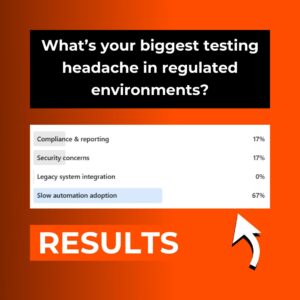
Clinical Trial Management Automation: How UI Testing and RPA Accelerate Pharma, Healthcare and Biotech
In pharma and biotech, speed to market and airtight compliance can mean the difference between delivering a life-saving treatment on time or facing months, sometimes years, of costly delays. Yet, even with advanced clinical trial management systems in place, data issues, integration failures, and workflow disruptions can derail timelines, inflate costs, and impact patient safety. Only 20% of clinical







